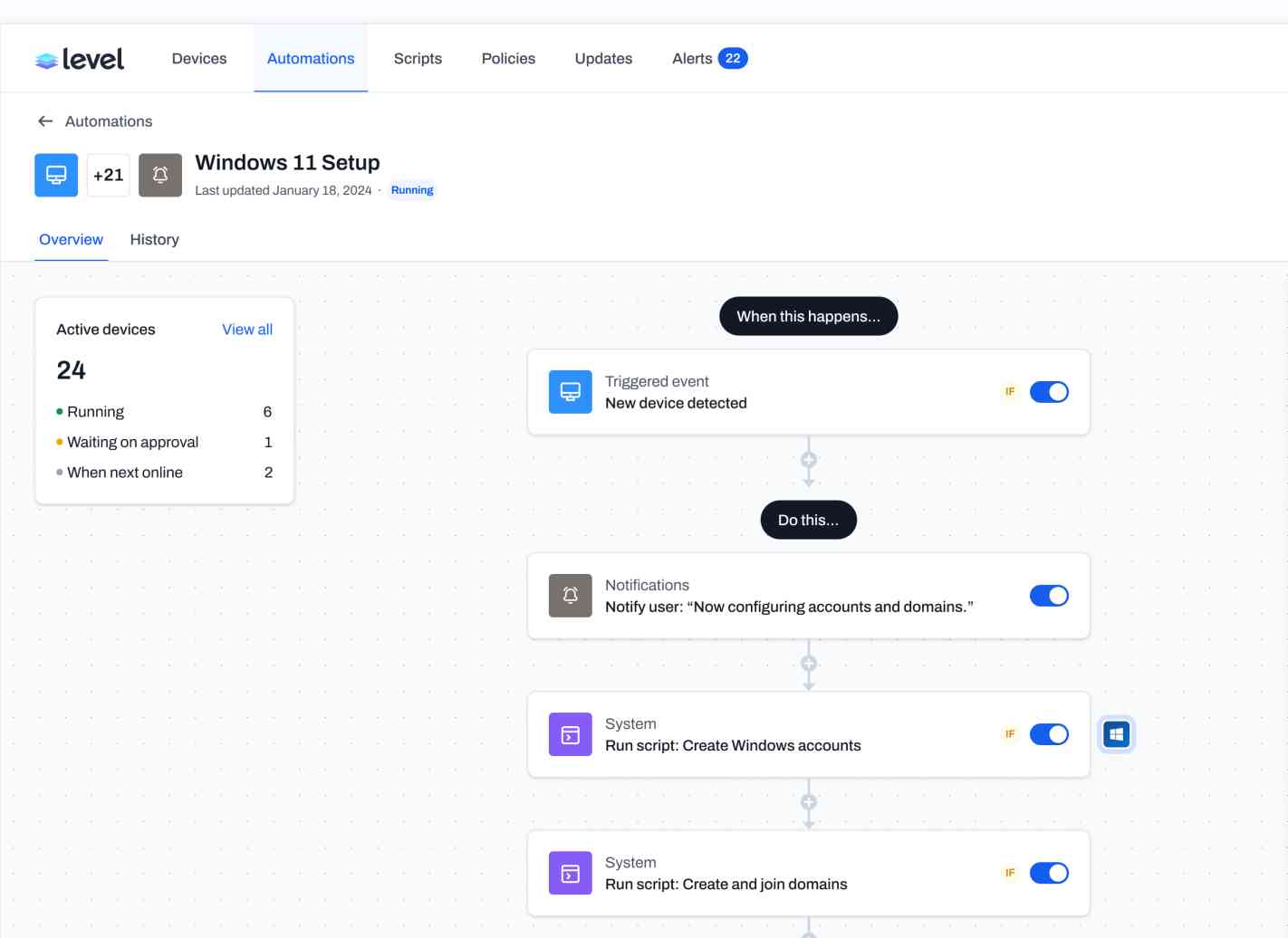With the rise of remote work and digital transformations, ma[1] intaining control over devices is essential for efficient operations. For many businesses, managing devices on-site is increasingly impractical. This is where the power of remote access solutions shines, enabling IT teams to handle systems, devices, and networks from anywhere, regardless of physical presence.
Understanding Remote Access Solutions
What is a remote management tool, and why are they so essential? In simple terms, these software platforms allow IT administrators to monitor, maintain, and support devices remotely. These solutions enable seamless device access, whether in a nearby office or across the globe. By giving IT teams control over devices without being physically present, these tools have become invaluable in modern device management.
Key Benefits of Using Remote Access Solutions
A robust remote access platform brings many advantages, helping organizations run smoothly and securely:
- Cost-Efficiency: One of the standout benefits is cost savings. With these solutions, companies reduce travel expenses, minimize downtime, and optimize resource use.
- Enhanced Security: Security is always a priority, particularly when managing devices outside a controlled setting. Remote access platforms often include security features like two-factor authentication and data encryption, adding an essential layer of protection.
- Increased Productivity: Imagine resolving a system error instantly without physically being on-site. Remote access solutions enable quick fixes, significantly boosting productivity.
- Real-Time Monitoring: These tools provide real-time tracking, allowing teams to catch potential issues before they escalate.
Essential Features to Look For
What makes a remote access solution truly effective? To maximize benefits, companies should seek platforms with the following features:
- Multi-Platform Compatibility: An ideal solution should be compatible with operating systems like Windows, macOS, and Linux. This flexibility ensures that teams can seamlessly handle different device types.
- User-Friendly Interface: For smooth user experiences, a well-designed interface is crucial. A complicated platform can slow down processes, whereas a simple, intuitive interface improves operations.
- Automated Reporting and Alerts: Automated reporting is a significant time-saver. It allows teams to track device health and performance, with alerts to detect anomalies for timely intervention.
Why These Solutions Matter for Businesses Today
In this modern world, devices are located in diverse places—from headquarters to home offices. This setup presents a unique challenge: How can companies ensure all devices operate smoothly, securely, and efficiently? A remote access platform provides the answer, allowing teams to access devices, apply updates, and ensure security, no matter where the devices are. Without reliable management, companies may face prolonged downtime, security risks, and delayed updates, which can impact productivity and customer trust. Remote access platforms help businesses overcome these challenges, promoting a secure and efficient environment.
Choosing the Right Remote Access Solution
Selecting the right remote management platform can be overwhelming, but focusing on key factors helps. Scalability is essential, ensuring the platform grows with the company and meets the needs of both small businesses and larger enterprises. Security is critical; look for features like encryption, secure logins, and audit trails to protect sensitive data. Finally, reliable customer support is crucial for resolving technical issues quickly, minimizing downtime, and keeping operations running smoothly.
As remote work and device networks grow, the remote management tool has become essential. Such a tool provides a reliable framework for companies to monitor, manage, and secure devices in real-time from any location. With advancing technology, these platforms are set to integrate more AI and automation, enhancing performance. Businesses that leverage these tools effectively will be better equipped to meet the challenges of a connected world. From safeguarding devices to supporting client needs, these platforms are vital for future success in the evolving workplace.






